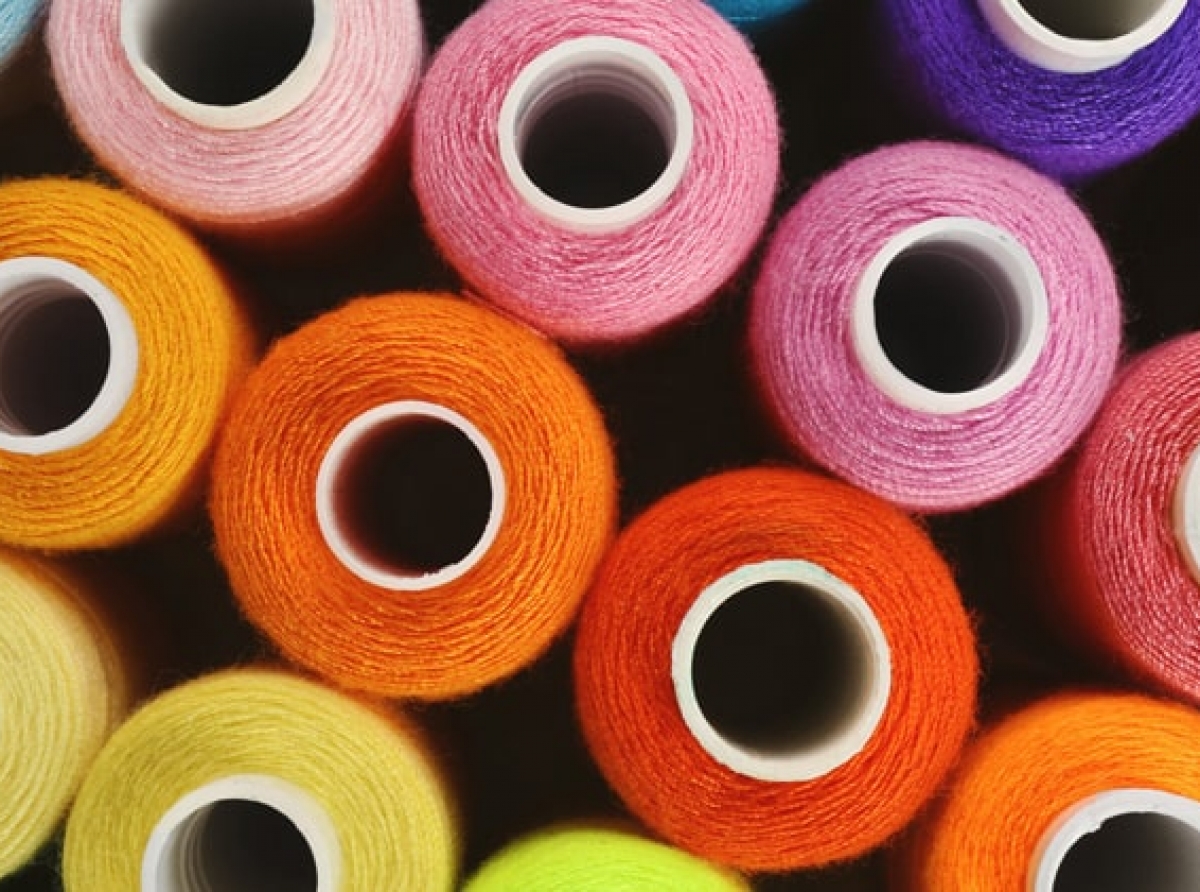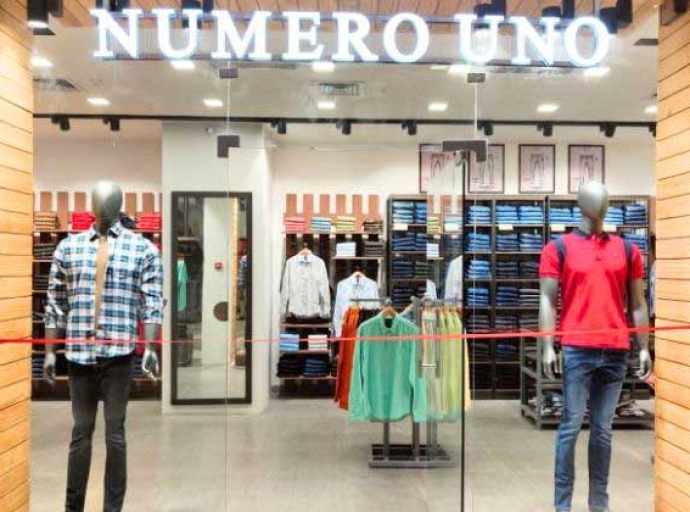PLI scheme to boost manufacturers’ integration in global textile value chain

Newly appointed textile minister Piyush Goyal faces a challenging task ahead. He is expected to revive the ailing textile and apparel sector that provides direct employment to 45 million people, and indirect employment to 60 million people in India.
Regaining global competitiveness
One of the biggest challenges is to regain India’s competitiveness in the global textile and clothing market, writes Prateek Kukreja, Consultant, ICRIER. Since the last few years, India’s textile and garment exports have been constantly plummeting. In June this year, India’s readymade exports declined by double digits compared to 2019 levels. Its share in the global textile and apparel exports declined from 4.84 per cent in 2015 to 4.34 per cent in 2018 at a CAGR of (-) 1.14 per cent.
While textile and garment exports declined even before COVID-19 outbreak, the pandemic worsened matters by stifling domestic demand and plunging exports. To arrest this fall in exports, the Indian government launched the Production Linked Incentive (PLI) scheme with a total outlay of Rs. 10,680 crore under the aegis of Atmanirbhar Bharat Abhiyan.
Investment boost for MMF and technical textiles
The scheme will provide incentives for greenfield and brownfield investments in the Man-Made Fibre (MMF) apparel and technical textiles segments. It will cover 40 product categories under MMF and 10 under the technical textile segment. The incentives provided will range between 3 to 11 per cent of the incremental revenues’ year-on-year for five years. They will help the government make structural changes in the textile sector.
However, the scheme is unlikely to revive exports. For this, India needs to boost its participation in the manufacturing global value chains. It needs to boost niche markets like technical textiles that currently constitutes merely 13 per cent of its total textile and clothing market.
Filling sector’s skill-gap
India also has an opportunity to fill the void created by China in the global textile market owing to rising labor costs. It can revive falling exports and boost employment by integrating itself into the global textile value chain. However, for this, it needs to fill the huge 68 per cent skill gap that currently exists in the sector, says a 2019 ICRIER.
As per estimates, the share of unskilled jobs linked to textile and allied exports declined to 23.67 per cent in 2013-14 while the share of high-skilled jobs increased to 26.15 per cent during the same period. Most export related jobs are shifting towards high skills requiring greater investment for development. The PLI scheme is likely to be reviewed by Goyal who also holds the charge of India’s new Minister of Commerce and Industry. It is expected to boost exports and generate more employment by increasing textile manufacturers’ integration in the global value chain.
Latest Publications

































